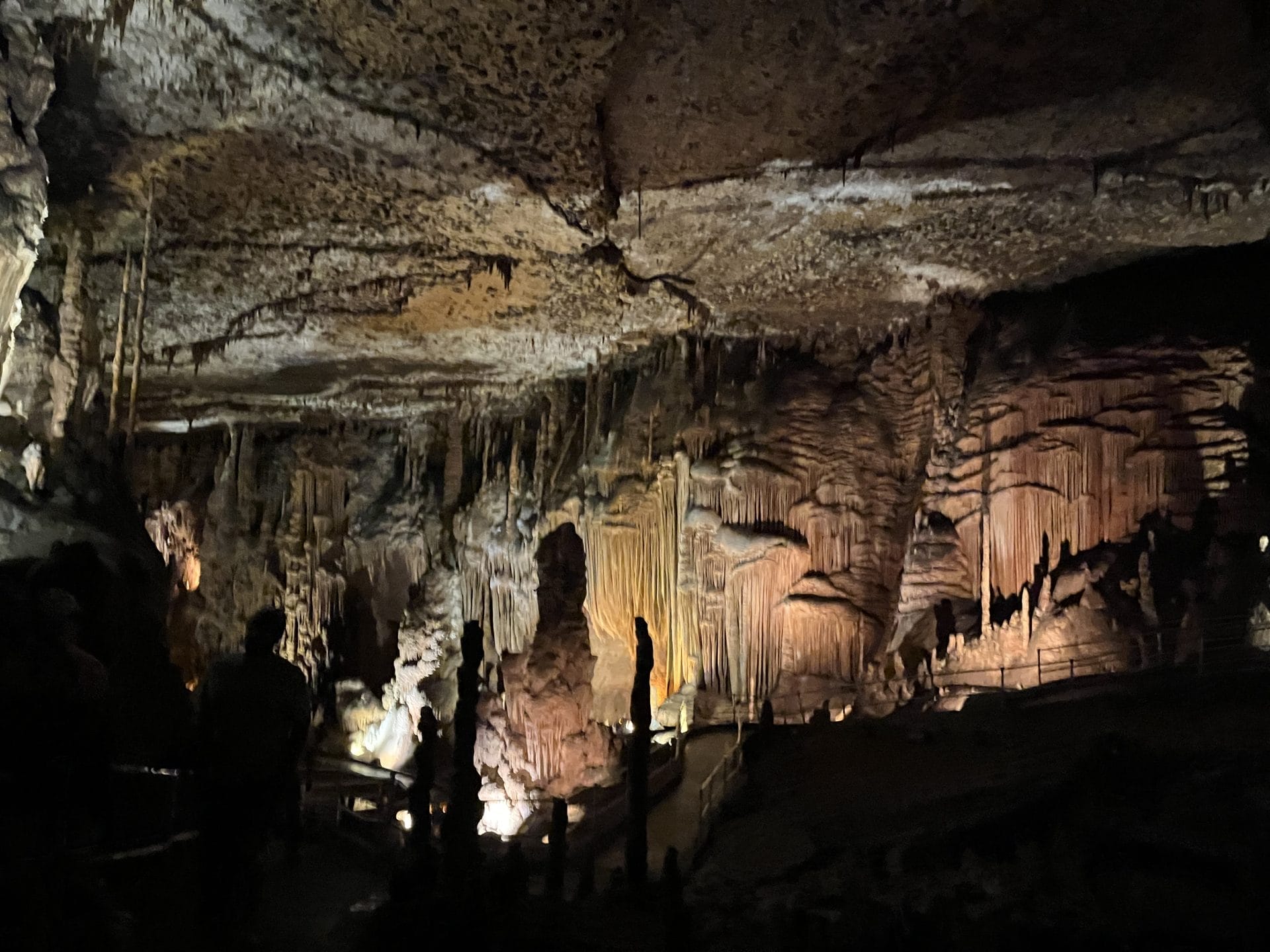

Uh oh...
It appears that you're using a severely outdated version of Safari on Windows. Many features won't work correctly, and functionality can't be guaranteed. Please try viewing this website in Edge, Mozilla, Chrome, or another modern browser. Sorry for any inconvenience this may have caused!
Read More about this safari issue.

There is a state park in Arkansas that covers less than an acre, a quiet, grassy corner in the town of Manila in Mississippi County. Yet it holds a story much larger than its size suggests. Herman Davis State Park, one of the smallest in the Arkansas State Parks system, honors a man whose bravery on the battlefields of World War I earned him national recognition.
For most Arkansans, the name Herman Davis may not be familiar, but for people in northeast Arkansas, especially those around Big Lake and Manila, his story is one of humble beginnings, remarkable bravery, and a legacy of service —much like their own.

Who Was Herman Davis?
Herman Davis was born Jan. 3, 1888, near Big Lake Island, an area that later became the town of Manila. As the son of Jeff and Mary Ann Davis, he grew up in a family that earned a living from the land, running a small country store, farming, hunting and fishing to get by.
Davis left school after fourth grade to help support his family, spending much of his time outdoors and developing impressive marksmanship as a hunting guide. Before federal game limits were enforced, he was said to have shot as many as 400 ducks a day with his cousin, selling them to northern markets for a dollar each. His rifle skills, honed on the waters of Big Lake, would later make him one of the most distinguished soldiers in the Great War.
Although initially rejected for military service due to his small stature, at only 5 feet 3 inches tall, Davis was eventually drafted and inducted into the U.S. Army in March 1918 at Blytheville. He trained at Camp Pike near Little Rock before shipping out to France as part of Company I, 113th Infantry Regiment, 29th Division.
“The smallest but bravest and best liked man in my company.” – His Captain
Combat Time
In the final months of World War I, Davis served as a scout and company runner near Verdun, France. His unit came under heavy fire from German machine guns at Molleville Farm, and Davis volunteered to advance alone. Crawling within 50 yards of the enemy until he could hear the Germans talking, he used his rifle to take out all four gunners who had pinned down his platoon, allowing them to move forward.
The CALS Encyclopedia of Arkansas notes that Davis “was credited for killing 15 enemy gunners in a machine gun nest and 11 enemy soldiers climbing out of a dugout. Another time, a group of enemy soldiers was trying to set up a machine gun in an area they thought was out of range of American troops. Davis shot and killed five of the enemy soldiers.”
General John J. Pershing, commander of the American Expeditionary Forces, later ranked Herman Davis fourth on his list of the top 100 heroes of World War I.
Davis’s acts of valor earned him several of the highest military honors:
- The U.S. Distinguished Service Cross
- France’s Croix de Guerre with Palm,
- Croix de Guerre with Gilt Star
- French Médaille Militaire
But when he returned home to Mississippi County in 1919, Davis spoke little about his time overseas. A quiet man, he returned to farming and guiding at the Big Lake Hunting Club, keeping his medals tucked away in a tackle box. It was only after Pershing’s list was published that his community learned of his bravery.

Honoring a Hero
Herman Davis’s story took a tragic turn not long after his return home. The exposure to poison gas during his service left him with severe respiratory illness. By 1922, he was suffering from tuberculosis and was taken to the Veterans Hospital in Memphis, where he died Jan. 5, 1923, just two days after his 35th birthday.
Following his death, Arkansans across the state rallied to ensure that his heroism would not be forgotten. Senator T.H. Caraway spoke before Congress about Davis’s life and sacrifice, and Arkansas legislators passed a resolution naming him the state’s most distinguished World War I soldier. Civic organizations and schoolchildren across the state raised funds through what became known as the “pennies drive” to build a memorial in his honor.
In 1925, the city of Manila donated a corner of land at the intersection of Baltimore Street and Highway 18 for the monument. That same year, Davis’s remains were moved to the site, and a 25-foot-tall granite obelisk was unveiled on Memorial Day, standing behind a life-size statue of the soldier himself.
For decades, the monument stood as a local symbol of pride and remembrance. Even after vandals destroyed the original marble statue in 1967, it was replaced by an exact replica carved from durable granite, a lasting tribute to the farm boy turned hero.

Becoming a State Park
In 1953, the Arkansas General Assembly officially designated the Herman Davis Memorial as a state park, making it one of the earliest parks established to honor an individual rather than a natural landmark. The park covers less than an acre but holds significant historical importance.
Managed by Arkansas State Parks, this small but meaningful site honors Davis’s resting place and his story of rising from rural obscurity to become a national hero. The park’s monument was added to the National Register of Historic Places in 1995, and a bronze plaque at the monument’s base lists his military honors and his remarkable act of bravery near Verdun.
Herman Davis is also honored at the Old State House Museum in Little Rock, where the Herman Davis Memorial Fountain, an iron fountain from the 1876 Centennial Exposition in Philadelphia, bears his name.

Visiting Herman Davis State Park
While many state parks in Arkansas attract visitors for hiking trails or campgrounds, this one offers a peaceful spot for quiet reflection. The grounds are open year-round, and the memorial is situated just off the highway, making it a simple yet meaningful stop for travelers exploring northeast Arkansas.
Herman Davis State Park is a “rubbing only” park in the Arkansas State Parks passport program, meaning visitors can take an impression of its marker instead of a stamp. It’s a fitting symbol for the legacy Davis left behind: subtle, lasting, and deeply imprinted on Arkansas history.
As Veterans Day approaches, Herman Davis’s story reminds us that heroism can start in unexpected places, even in a small town near Big Lake, where a farm boy with a steady hand and a humble heart became one of America’s greatest war heroes. It’s also a strong reminder to schoolchildren across Arkansas that they can succeed, too, regardless of where they live!
Cover image used with permission from the Arkansas Departments of Parks, Heritage and Tourism.
We do the work.
You check your email.
Sign up for our weekly e-news.
Get stories sent straight to your inbox!







Like this story? Read more from Keisha Pittman McKinney
In October, much of the Arkansas high school sports community watched a...
All right, girlfriends, fall craft fairs have wrapped up (we've done the...
One of our favorite October traditions is heading to Newton County on a...
Join the Conversation
Leave a Comment